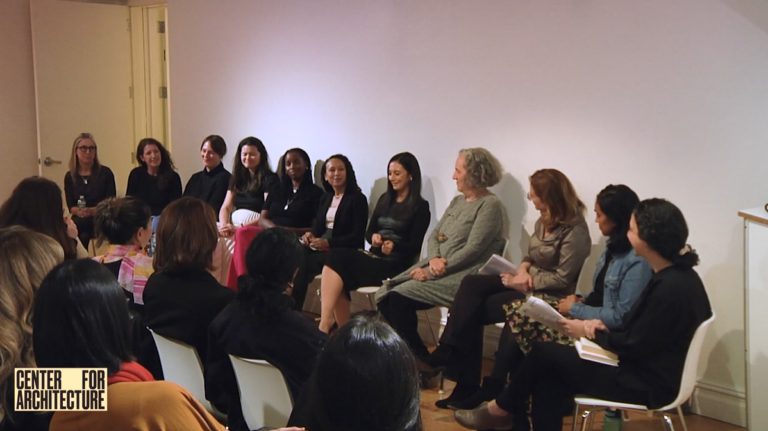Architecture of Independence – African Modernism explores the complex legacy of modern architecture and nation-building in 1960s and ’70s postcolonial Africa, when many Sub-Saharan countries gained their independence and turned to experimental and futuristic architecture to express their national identities.
About Iwan Baan
With his combined passion for documentary and space, Baan’s photographs reveal our innate ability to re-appropriate objects and materials to find places we can call our own. This can be seen in his work on informal communities where vernacular architecture and placemaking serve as examples of human ingenuity, such as his images of the Torre David in Caracas, a series that won Baan the Golden Lion for Best Installation at the 2012 Venice Architecture Biennale.
With no formal training in architecture, his perspective mirrors that of everyday individuals who give meaning and context to the architecture and spaces that surround us. This artistic approach gives architecture an approachable and accessible voice.
As the inaugural recipient of the Julius Shulman Award for Photography, today, architects such as Rem Koolhaas, Herzog & de Meuron, Zaha Hadid, Diller Scofidio + Renfro, Toyo Ito, SANAA, and Morphosis turn to Baan to give their work a sense of place and narrative. Alongside his architecture commissions, Baan has collaborated on several successful book projects such as Insular Insight: Where Art and Architecture Conspire with Nature, Torre David: Informal Vertical Communities, and Brasilia & Chandigarh – Living With Modernity. Baan’s work also appears on the pages of architecture, design and lifestyle publications such as The Wall Street Journal, The New York Times, Domus, Abitare, and Architectural Digest. Baan studied photography at the Royal Academy of Arts in the Hague.
Architecture of Independence – African Modernism explores the complex legacy of modern architecture and nation-building in 1960s and ’70s postcolonial Africa, when many Sub-Saharan countries gained their independence and turned to experimental and futuristic architecture to express their national identities.
Organized by: Center for Architecture



